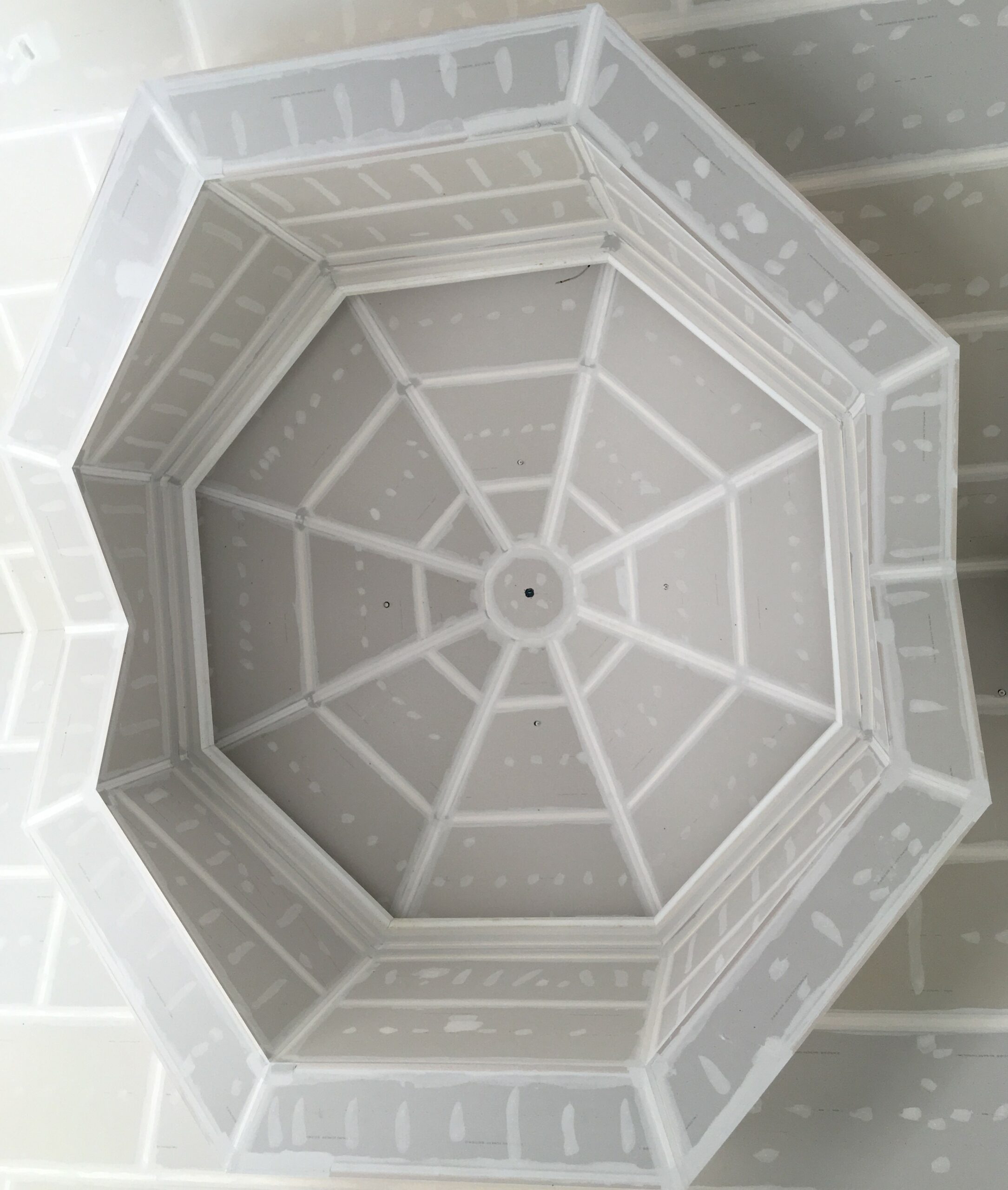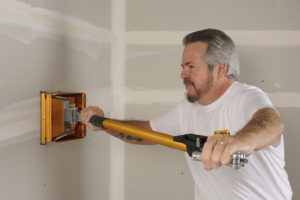Introduction to Hanging Drywall
For a homeowner, hanging drywall isn’t the most difficult thing in the world, but some easily overlooked aspects could leave you worse off than originally estimated. Learning the basics of hanging before delving into the process can go a long way in ensuring you complete your project faster and more economically.
Many homeowners have wasted sweat equity hanging drywall because they didn’t make their calculations correctly or they failed to do the necessary preliminary research. Here are some tricks to hanging drywall that you will find helpful.
Cost Savings of Hanging Drywall Yourself
Although the final cost of hanging drywall depends on several factors, labor is the major determinant. Therefore, the sweat equity hanging drywall method can save you a lot of money.
On a nationwide average, the cost of labor for hanging and finishing drywall for a normal 12’ x 12’ room with 8’ ceilings is $456. The cost increases by 15-20% if a superintendent is overseeing the project. What if your project included a few rooms of this size? You stand to save a substantial portion and put that money toward another home renovation project.
Professional Finishing of the Drywall & Rates
Oftentimes homeowners will hang their own drywall and then hire out the taping and finishing to a more experienced professional. Not only will this will help you get high-quality results at a faster rate, but it will also save you from learning a more detailed trade.
However, the cost of finishing gets higher when using the services of a professional than doing it yourself. To compound that cost, a typical finisher will charge a customer based on the number of joints that are finished.
So, if a homeowner decides to finish a 12’x12’x10’ room with individual sheets of 4’x8’ drywall, there are additional butt joints to finish. This is opposed to a professionally done project that would most likely use 4’x10’ drywall and thereby eliminate the additional joint at the top and decease on labor costs in the taping and finishing stage.
This is the main place where homeowners lose the value of the sweat equity that they created for themselves in the first “hanging” stage of their drywall project. Because of the increased cost of the taping and finishing, they basically void out their previous savings.
Other Pitfalls that Lead to Higher Costs
Whether you’re installing or replacing drywall, you need to do your preparation work properly. During demolition, check your wiring, plumbing, timber, and other potentially damaged spots. If there’s a pest infestation, for example, it would be better to deal with it sooner rather than later.
For fresh drywall hanging, ensure the framing is suited for drywall installation first.
Conclusion
Hanging drywall demands that you weigh your options carefully before starting your project. If you are not sure about the implications of going the DIY way, then call a professional or a neighbor that has some recent experience.





